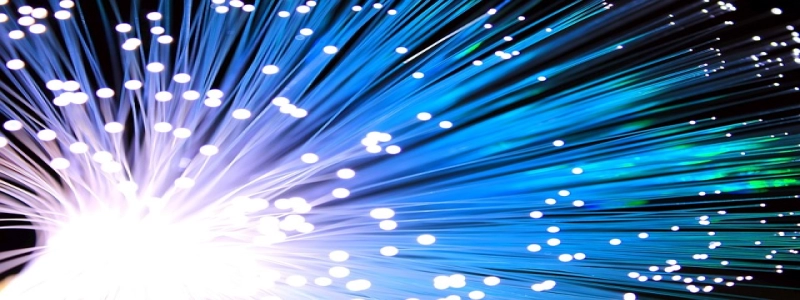Profinet vs Ethernet/IP
Introduktion:
In the field of industrial automation, two widely used communication protocols are Profinet and Ethernet/IP. Both these protocols provide a reliable and efficient means of communication between various devices in an industrial network. dock, there are some key differences in terms of their functionalities, performance, and compatibility. This article aims to provide a detailed comparison between Profinet and Ethernet/IP, highlighting their strengths and limitations.
1. Profinet:
1.1 Overview:
Profinet is an Ethernet-based communication protocol designed specifically for industrial applications. It provides real-time communication, allowing devices such as PLCs, sensors, and actuators to exchange data and control signals with high precision and low latency. Profinet supports both TCP/IP and UDP/IP protocols and can be easily integrated with existing Ethernet infrastructure.
1.2 Functionality:
One of the key features of Profinet is its ability to handle time-critical applications. With its deterministic communication approach, Profinet ensures that data is transmitted within preset time limits, essential for applications that require real-time control. Profinet also supports various communication modes, including cyclic data exchange, acyclic data exchange, and data exchange based on events.
1.3 Performance:
Profinet offers high-speed communication, capable of transmitting data at rates of up to 1000 Mbps. It provides low latency and jitter, making it suitable for applications that demand quick response times. The protocol also supports redundant network topologies, ensuring high availability and fault tolerance.
1.4 Kompatibilitet:
Profinet is compatible with a wide range of devices and equipment from different manufacturers. It offers easy integration with other industrial protocols such as Profibus and Profinet IO, allowing seamless communication between different devices in a network. Profinet also supports Industrial Ethernet standards, ensuring interoperability with various Ethernet-based devices.
2. Ethernet/IP:
2.1 Overview:
Ethernet/IP is an open industrial network protocol based on standard Ethernet technology. It enables communication between devices such as PLCs, HMIs, and controllers, providing a flexible and scalable solution for industrial automation. Ethernet/IP utilizes the TCP/IP protocol suite, making it compatible with existing Ethernet infrastructure.
2.2 Functionality:
Ethernet/IP offers a variety of services for exchanging data and controlling devices in an industrial network. It supports both cyclic and acyclic data exchange, allowing devices to exchange real-time data and configuration information. Dessutom, Ethernet/IP provides services like device discovery, network configuration, and device diagnostics, enhancing the overall functionality of the protocol.
2.3 Performance:
Ethernet/IP provides high-speed communication, capable of transmitting data at rates of up to 1000 Mbps. It offers low latency and reliable data delivery, ensuring real-time control and monitoring of devices in an industrial network. The protocol supports both unicast and multicast communication, allowing efficient data exchange between multiple devices.
2.4 Kompatibilitet:
Ethernet/IP is widely supported by various manufacturers in the automation industry. It offers seamless integration with other industrial protocols such as DeviceNet and ControlNet, facilitating communication between devices from different vendors. Ethernet/IP follows standard Ethernet specifications, ensuring compatibility with Ethernet-based equipment.
Slutsats:
Both Profinet and Ethernet/IP are powerful communication protocols for industrial automation. Profinet excels in time-critical applications, providing deterministic communication and high-speed data transmission. On the other hand, Ethernet/IP offers flexibility and scalability, along with comprehensive device management services. The choice between Profinet and Ethernet/IP ultimately depends on specific application requirements and existing infrastructure. It is important to carefully evaluate the strengths and limitations of each protocol before implementing it in an industrial network.







